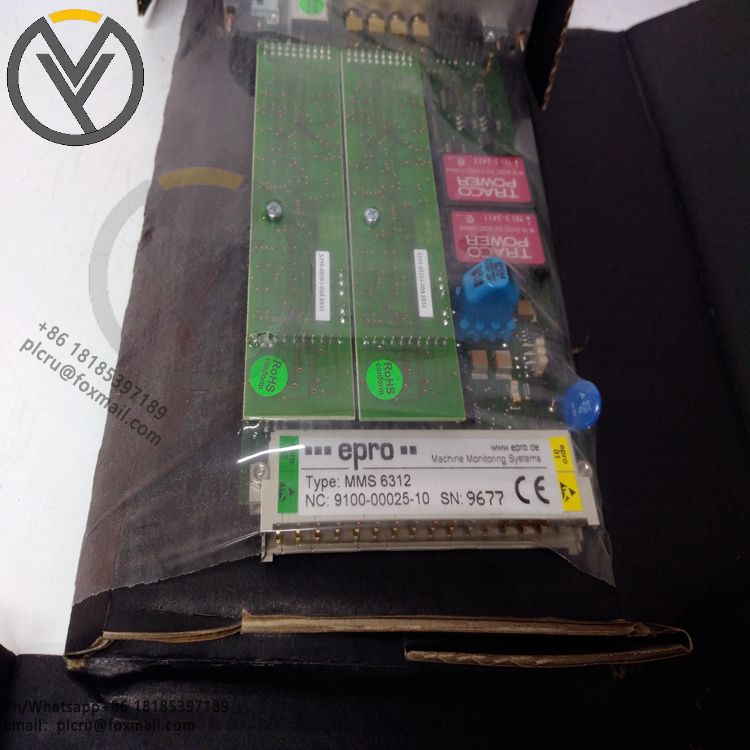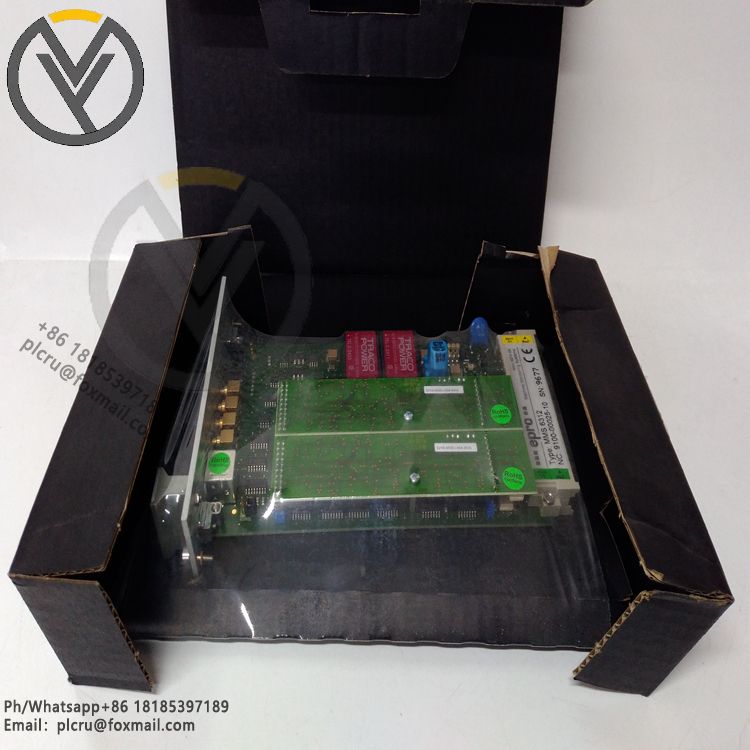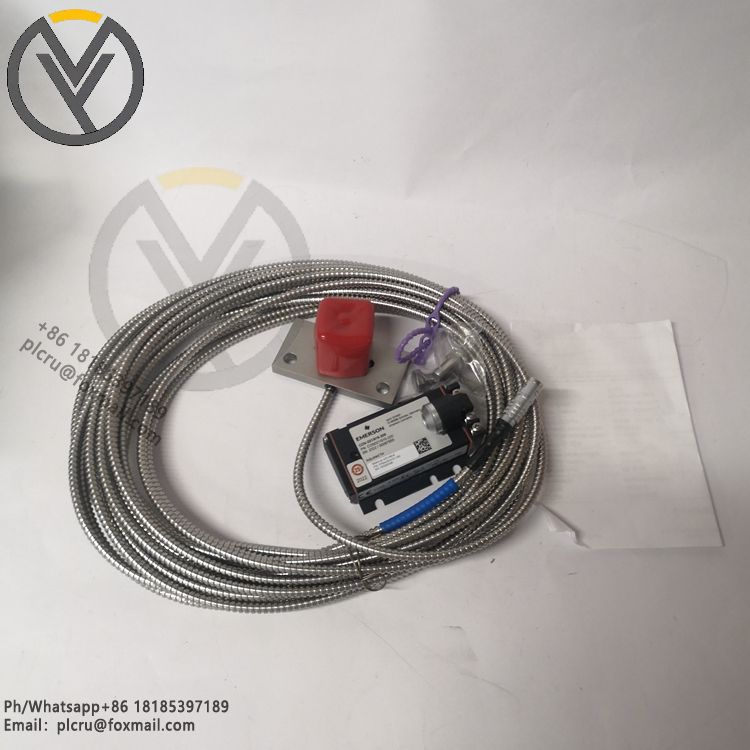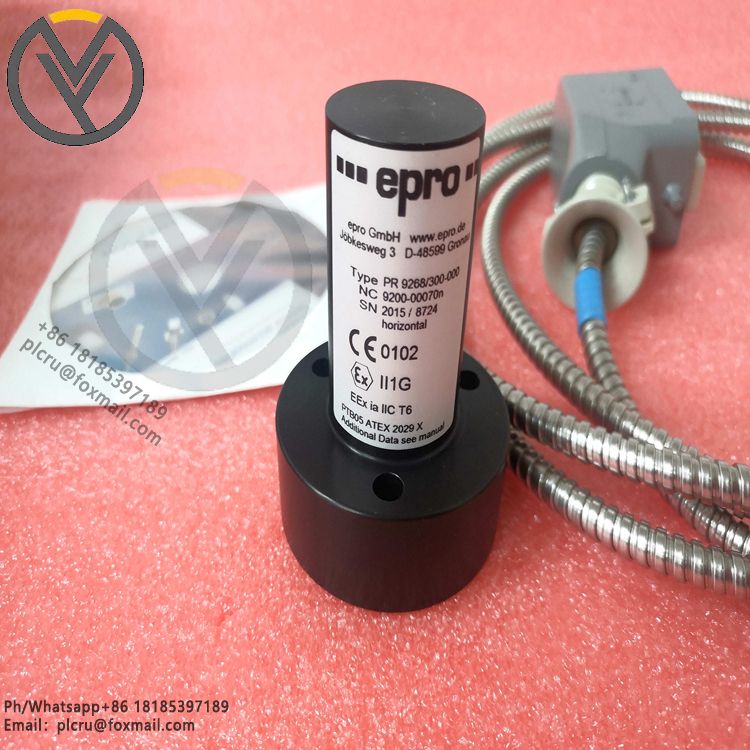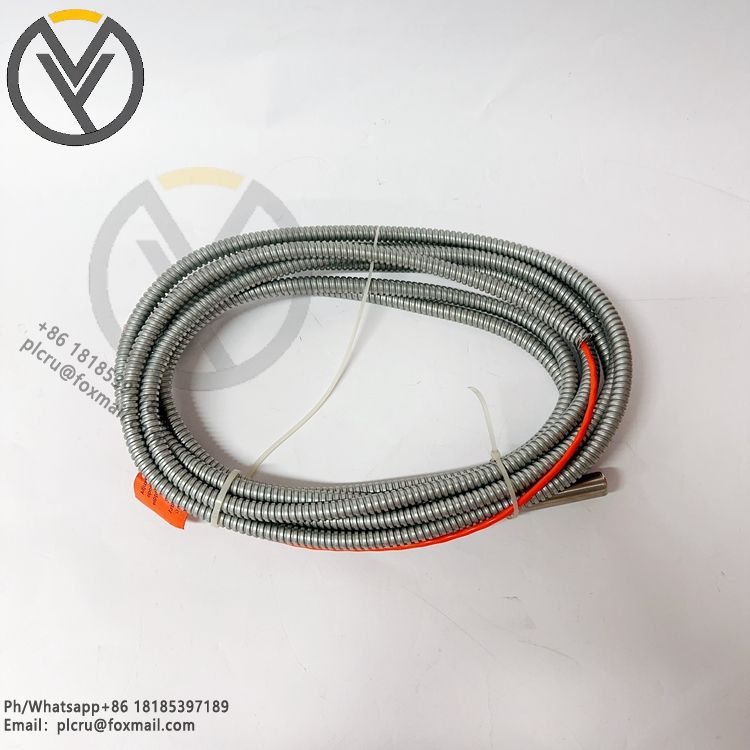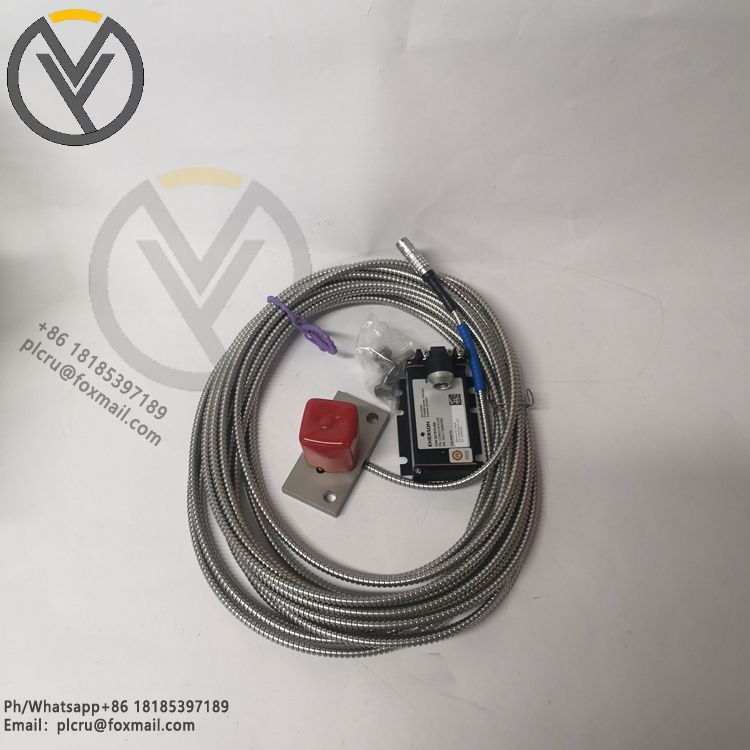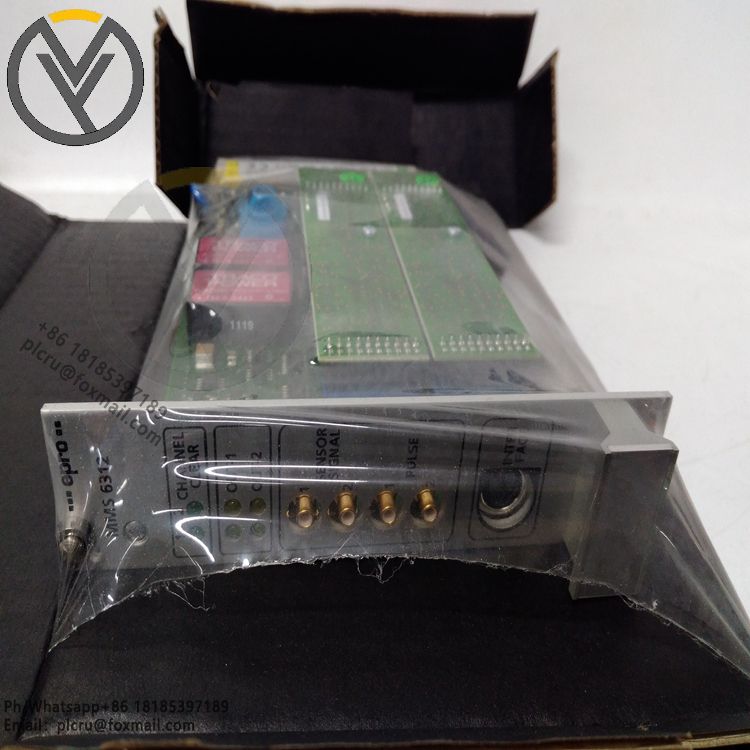
EPRO MMS6831 Interface card
Delivery time 3 days
Product origin New/used
Email plcru@foxmail.com
Mobile/wechat /WhatsApp +86 18185397189
The EPRO MMS6831 interface card is a powerful communication interface device des
The EPRO MMS6831 interface card is a powerful communication interface device designed for industrial automation and control systems. It combines efficient data transmission capability and stable communication performance to provide users with a reliable data communication solution.
Main features:
Two-way communication capability: EPRO MMS6831 interface card has RS485 bus input/output function, which can access the MMS6000 module connected to it through the bus. It can not only receive the eigenvalue data, alarm and module status data from these modules, but also convert these data into standard RS232 format and connect to the connected configuration computer.
Extensive integration: In addition to the connection with the configuration computer, the interface card can also be connected with DCS, DEH and other systems through RS485 bus, to achieve data sharing and call display. This broad integration enables the EPRO MMS6831 interface card to play an outstanding role in a variety of complex industrial automation systems.
Configuration setting function: An important function of the interface card is to configure the configuration of the connected MMS6000 module. This means that the user can flexibly configure the working parameters and communication protocols of the module according to the actual needs, and achieve personalized system customization.
Redundant power input: In order to ensure the stable operation of the device, the EPRO MMS6831 interface card adopts redundant power input design. This design can automatically switch to the standby power supply when the main power supply fails to ensure the continuous operation of the equipment.
Application scenario:
EPRO MMS6831 interface card is widely used in industrial automation, power system monitoring, environmental monitoring and other fields. In these fields, it can help users realize data communication and sharing between devices, and improve the overall performance and stability of the system. At the same time, its flexible configuration setting function also enables users to customize the most suitable system scheme according to different application scenarios.

